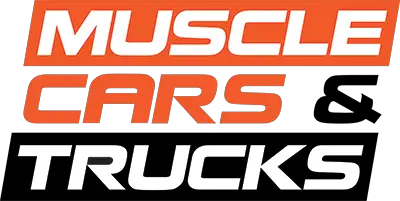The 1980s was a scary time for muscle cars as the Big Three started to develop new design decisions to compete with the Japanese. As a result, Chrysler, Ford, and General Motors began to shy away from tradition and embrace new techniques in an effort to claw back eroding market share. The cost-efficient and spacious packaging of front-wheel drive layouts became a major focus for the Detroit Three, and no model was too sacred for the conversion. Not even the Ford Mustang nor the Chevrolet Camaro muscle cars. And don’t forget, the Dodge Challenger of the early 1980s was actually a Japanese-built, FWD Mitsubishi Galant Lambda coupe. Indeed, nothing was sacred.
Ford nearly committed the same cardinal sin by looking to replace the Mustang with a front-drive, wedge-shaped coupe that was codenamed the ST-16. Luckily existing Mustang owners and internal opposition spelled doom for the pony-badged model. But the ST-16 project was never actually abandoned. It was eventually released as the Ford Probe. However, while the Mustang debacle played out in a relatively public manner, General Motors had a less advertised scheme at play of equal measure. According to Hagerty, the project was called the “GM-80” and sought to give the Chevrolet Camaro front-wheel drive, as well as its mechanical twin, the Pontiac Firebird.
GM-80 Chevrolet Camaro: Details
As with Ford and its pre-Probe Mustang, GM wagered that front-drive for its muscle cars would minimize production costs and allow for a more lightweight chassis and body. If the front-wheel-drive wasn’t a big enough departure from the F-body, GM had no intention of building an eight-cylinder version of any GM 80 model. Instead, they planned on relying on the upcoming dual-overhead-cam “Quad 4” four-cylinder engine. If the 150 to 180 horsepower motor was deemed insufficient, engineers planned a 3.4-liter V6 that could produce 200 ponies. The intention was that a lighter platform paired with high-revving four and six-cylinder engines would make up for the high torque V8s of the past.

From front to back, the GM-80 version of the Camaro was shorter than its predecessors. Today, we can certainly see that the idea was extremely similar to the production car that debuted in 1993 on the final iteration of the F-body chassis. Unfortunately (or fortunately), the GM-80 was a victim of technological overreach. Engineers couldn’t produce the weight savings needed to ensure the platform’s performance. The composite body panels were heavier and more expensive to produce than intended.
Additionally, the GM-80 failed to pass crash tests. The development costs spiraled out of control amid another budget crisis for GM and unable to absorb the investment required to execute the GM-80 properly. By late 1986, chairman Roger Smith canceled the entire effort. Usable remnants, such as the high-output V6, eventually made their way into the GM W-Body program with the Chevrolet Lumina Z34 and Pontiac Grand Prix GTP of the early 1990s.
Today, we see that history isn’t exactly repeating itself, but it certainly is rhyming. Ford Motor Company now has an electric “Mustang” SUV in the Mach-E, Dodge is replacing the current-generation and top-selling Charger and Challenger with an electric vehicle, and Chevrolet is rumored to replace the sixth-generation Camaro with an electric performance sedan. While none of these machines are FWD-based, being fully electric seems to be a an equally audacious proposal in the face of the muscle car ethos. Alas, when politicians decide what the automotive landscape will look like in the near future, this is what we get.






